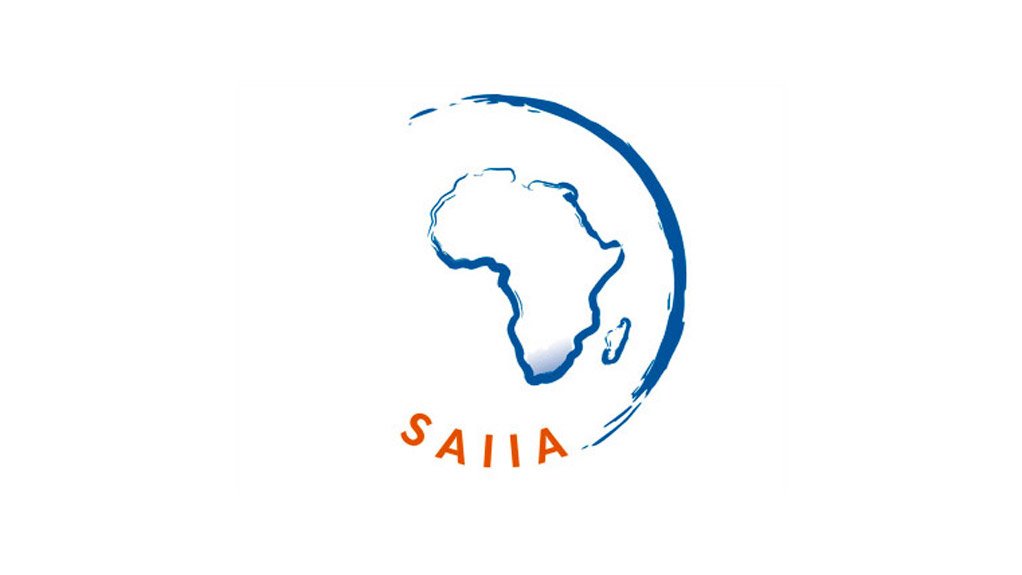The 2016 International Day for Biological Diversity (IDB) will be commemorated on the 22nd of May with the theme of ‘Mainstreaming Biodiversity: Sustaining People and their Livelihoods’. In December this year, this same theme will form the basis of discussion of the 13th meeting of the Conference of the Parties to the Convention on Biological Diversity (COP13) in Cancun, Mexico. These events provide a unique opportunity for African governments to explore strategies of halting the degradation of ecosystems while at the same time promoting inclusive socioeconomic development.
A glimpse into Africa’s biodiversity resources
Africa is well endowed with rich and diverse biological resources that are crucial to the social, economic, cultural and political systems of the continent. The region is home to 4,700 mammal species, more than 2,000 species of birds, at least 2,000 species of fish and 950 amphibian species. Africa also holds the second largest expanse of tropical rainforests in the world and a number of other productive ecosystems.
The biological resources in the region bring local and global benefits and are at the heart of solutions for sustainable climate change mitigation and adaptation, agricultural development, and a host of other economic activities and ecosystem services. Nevertheless, threats to these essential resources, primarily from habitat loss, environmental pollution, over-harvesting, poor resource governance and the inappropriate introduction of foreign biological resources, continue. As a result, most regional and national efforts are directed at halting the rapid depletion of these resources using conventional conservation approaches while overlooking their potential to help meet a number of sustainable development goals. In the light of current resource utilisation trends and this year’s IDB theme, there is an urgent need to consider options for maintaining biologically diverse ecosystems and the essential services they provide to African societies. An important component of this approach is the promotion of biotrade, ie. sustainable biodiversity-based businesses.
Achieving conservation and pro-poor development through biotrade
BioTrade has been given priority in the global discourse on trade and development (see the UNCTAD BioTrade Initiative) as a vehicle for promoting the objectives of the Convention on Biological Diversity. The most basic tenets of biotrade are the sustainable conservation and use of biodiversity, socio-economic sustainability and respect for the rights of actors participating in biotrade activities. The appropriate and maximum mainstreaming of the trading of biological resources in national development agendas can not only serve as an incentive for biodiversity conservation but also sustain livelihoods through equitable access and benefit sharing mechanisms.
Namibia was part of a BioTrade Initiative launched by UNCTAD in 2007. By actively engaging in the trading of indigenous biological resources such as the marula fruit, ximenia, Kalahari melon seed, hoodia and devil’s claw, Namibia has managed to improve livelihood opportunities at the local level, particularly in poor rural areas where livelihood options are otherwise limited. Through this initiative, the Namibian government has also encouraged the private sector to contribute to the conservation of biological diversity while remaining competitive and promoting responsible business practices.
SAIIA’s research on Namibia’s Community-Based Natural Resources Management (CBNRM) programme affirmed that the country has been successful in establishing community forests, increasing wildlife populations in communal lands, reducing poaching and promoting more sustainable harvesting practices, although these initiatives have not been without challenges. One of the key areas requiring attention is the overreliance of CBNRM initiatives on government and donor support. Responsible biotrade, although not a silver bullet, holds significant potential to address the challenges of institutional and financial sustainability, while potentially also contributing to conservation efforts in the area of CBNRM. As part of its mandate to promote the sustainable use and management of the global commons, SAIIA is in the process of documenting lessons learned from Namibia’s biotrade model and suggesting policy options for enhancing sustainable biological resources management, product development, value-add processing and marketing in the Africa region more broadly.
The way forward: Enhancing and mainstreaming biotrade into biodiversity targets
Internationally, countries have made a number of commitments at the highest political level to preserve biodiversity and improve the wellbeing of people defendant on biological resources. Key achievements in this respect include the adoption of the Strategic Plan for Biodiversity 2011-2020 and the Aichi Biodiversity Targets. Congruently, 2016’s IDB theme reflects the importance of mainstreaming biodiversity in relevant multilateral, regional and national processes, systems and structures as a pathway to sustaining people and their livelihoods.
African countries can leverage their indigenous biological resources and embark on sustainable use and trading in a way that promotes conservation of biodiversity and ecosystems, adds value to natural capital, supports economic, social and environmental initiatives, and builds a green economy starting at a local level. The sustainable use and trading of biological resources, however, cannot stand as an independent sectoral policy, rather it needs to be viewed through an integrated, cross-sectoral development lens. For this to happen, governments need to work closely with civil society, indigenous groups and the private sector to make sustainable biodiversity conservation financially worthwhile.
Written by Dr. Kassahun Kelifa, a Researcher in the Governance of Africa's Resources Program of SAIIA
EMAIL THIS ARTICLE SAVE THIS ARTICLE
To subscribe email subscriptions@creamermedia.co.za or click here
To advertise email advertising@creamermedia.co.za or click here











